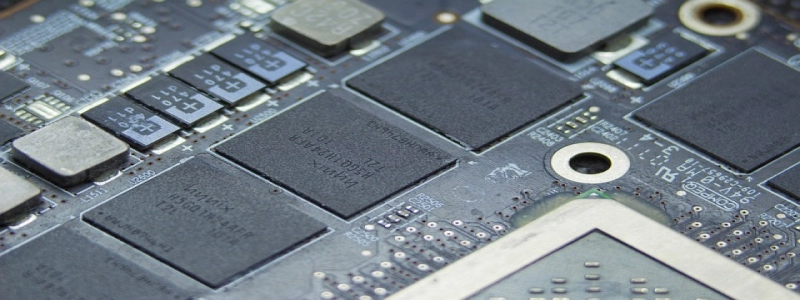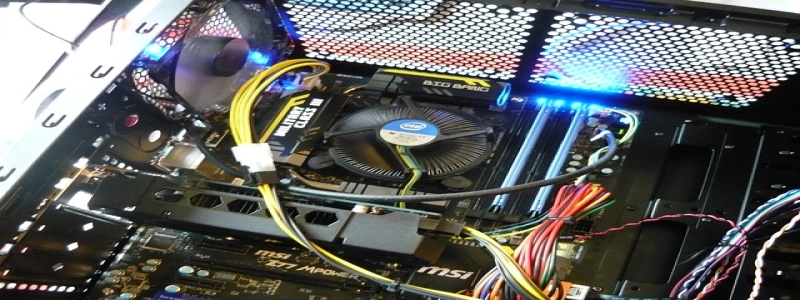How Many Types of DVI Connectors Are There?
Introduction:
In the world of technology, there are numerous types of connectors used to establish connections between various devices. One such connector is the Digital Visual Interface, commonly known as DVI. DVI connectors are widely used to transmit video signals from computers to monitors or display devices. However, there are different types of DVI connectors available, each with its unique characteristics and capabilities. This article aims to provide a detailed explanation of the different types of DVI connectors.
I. DVI-A:
The DVI-A connector, also known as Analog DVI, is the oldest type of DVI connector. It is primarily used for transmitting analog video signals. This connector is equipped with 15 pins arranged in three rows, similar to a VGA connector. DVI-A connectors carry only analog signals and do not support digital transmissions. They can usually be found on older computers and less expensive video cards.
II. DVI-D:
The DVI-D connector, also known as Digital DVI, is designed to transmit digital video signals. It features a different pin configuration than the DVI-A connector. DVI-D connectors have 24 pins arranged in three rows. They are commonly used in modern computers, graphics cards, and high-definition display devices, such as LCD monitors and televisions. This type of connector is ideal for transmitting high-quality digital video signals without any loss in quality.
III. DVI-I:
The DVI-I connector, also known as Integrated DVI, combines the capabilities of both DVI-A and DVI-D connectors. It supports both analog and digital transmissions, making it a versatile connector. DVI-I connectors have a total of 29 pins arranged in three rows. They are often used in devices where both analog and digital signals need to be transmitted, such as high-end graphics cards and professional monitors.
IV. Single-Link and Dual-Link:
Apart from the aforementioned types, DVI connectors can also be categorized into single-link and dual-link variants. The single-link DVI connectors have a maximum resolution of 1920×1200 pixels, making them suitable for most common display devices. On the other hand, the dual-link DVI connectors support higher resolutions, up to 2560×1600 pixels. They are mainly used in high-end gaming monitors, 3D displays, and professional-grade video editing equipment.
Conclusion:
In conclusion, there are multiple types of DVI connectors available, each serving a specific purpose. The DVI-A connector is used for analog video signals, while the DVI-D connector is used for digital video signals. The DVI-I connector combines both analog and digital capabilities. Additionally, DVI connectors can be classified as single-link or dual-link, depending on the resolution they support. Understanding the various types of DVI connectors is essential for ensuring proper compatibility and optimal performance when connecting devices requiring video signal transmissions.







